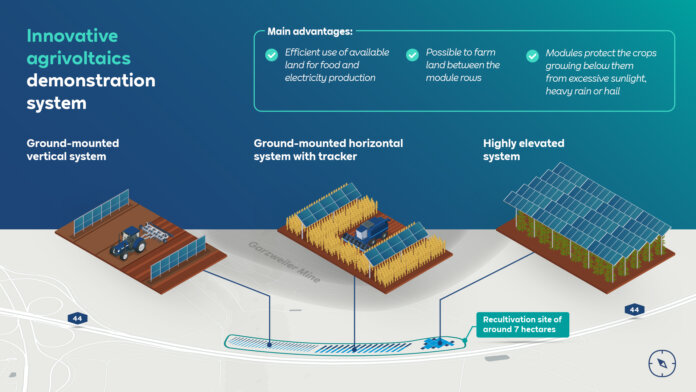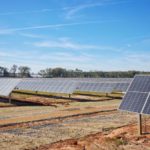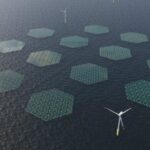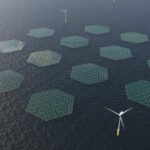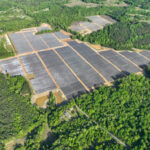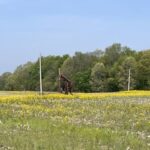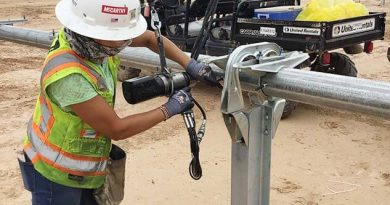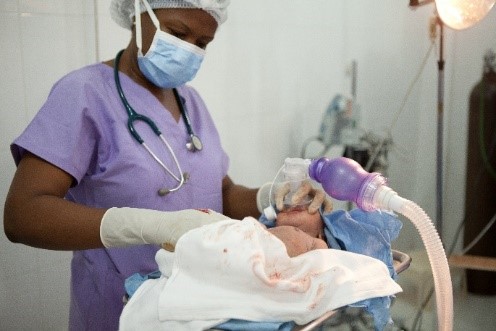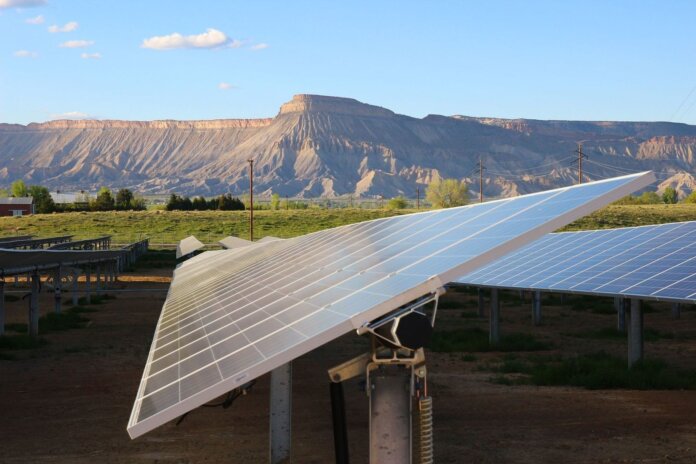RWE Pursues Research to Generate Solar Power in Tandem with Agricultural Plans
RWE and Forschungszentrum Jülich are planning on generating power and farming land on the same site in the Rhenish lignite mining district.
The plan is to generate solar power in tandem with agricultural and horticultural activities on about seven hectares of recultivated land at the edge of Garzweiler Mine in Titz-Jackerath in the district of Düren in North Rhine-Westphalia. The research project is funded by the state of North Rhine-Westphalia through the progres.nrw program.
“In addition to a faster expansion of wind power, the energy transition in Germany also needs utility-scale solar plants,” states Katja Wünschel, CEO of onshore wind, and solar Europe and Australia at RWE Renewables. “RWE is also playing its part here – during this decade we will be investing up to €15 billion gross throughout Germany in our green core business and implementing every renewables project that is possible. As land is a scarce resource, we want to use this innovative demonstration project to show how agriculture and solar power go hand in hand.”
For Germany to be able to achieve its climate targets, land must be made available for the expansion of solar power and innovative plans must be developed. In addition to floating-PV plants on lakes, agrivoltaics (Agri-PV) offers major potential for expansion. Fraunhofer ISE assumes a technical potential of up to 2,900 GWp in Germany. Agri-PV is the simultaneous use of land for electricity generation and food production or animal husbandry with potential synergies between these different uses. That applies in particular when solar modules protect crops from excessive sunlight or hail, possibly even allowing for crop yields to be increased. At some plants, it is also possible to collect rainwater from the PV modules and use it for irrigation.
“To leverage the full potential offered by Agri-PV, we first need to clarify some fundamental questions, especially regarding suitable crops, the optimal PV system design, and best concepts for cooperation with farmers. These are the relevant areas we want to look at in our demonstration project,” says Wünschel. “We also need to make sure that the right regulatory framework is in place. For example, a dedicated tender segment within the German Renewable Energy Sources Act would be helpful in taking innovative technologies such as Agri-PV to full market maturity so that this technology can make its full contribution to the energy transition in Germany.”
Professor Ulrich Schurr, head of plant sciences at Forschungszentrum Jülich, is certain that the Rhenish lignite mining district, with its high-quality farmland, can benefit from Agri-PV.
“The combined use of land for PV plants and agriculture is a genuine option for the future in our region,” adds Professor Schurr. “Dual use of land could enable farmers to reduce the consequences of climate change, improve crop yields through higher-value crops, and generate electricity at the same time.”
A first, smaller Agri-PV plant in Morschenich-Alt shows that this is possible in principle. This plant is being operated by Forschungszentrum Jülich and other partners as part of the BioökonomieREVIER initiative.
“The larger demonstration project with RWE in Jackerath now gives us the opportunity to compare further technical solutions and investigate the growth behaviours of various crops under real conditions. That will enable us to take the insights we have already gained to a deeper level.”
The aim is to develop suitable cultivation methods and value-adding strategies for operators of Agri-PV plants. Forschungszentrum Jülich is contributing its scientific expertise to the demonstration project. RWE has recultivated land and long-standing connections with regional farmers and is providing the extensive technical expertise it has gained from the development, construction and operation of solar plants worldwide.
Three different technical Agri-PV solutions are planned for the demonstration project in Jackerath, all allowing the simultaneous use of the land for electricity generation and agricultural production. The first system uses a vertical design leaving enough space for harvesting machinery between the module rows. In the second system, the modules are installed in rows as well, but they are mounted horizontally and are automatically tracked to follow the sun over the day. This should optimize energy yields and make additional land available to the farmer.
In the third system, the PV modules are elevated on a high pergola-like substructure, with crops such as raspberries or blueberries cultivated below them. The demonstration plant will have a peak capacity of about 3 MW (more than 2 MW AC). Once the permit has been received, construction is expected to begin in summer 2023.
Original Source: https://solarindustrymag.com/rwe-pursues-research-to-generate-solar-power-in-tandem-with-agricultural-plans



